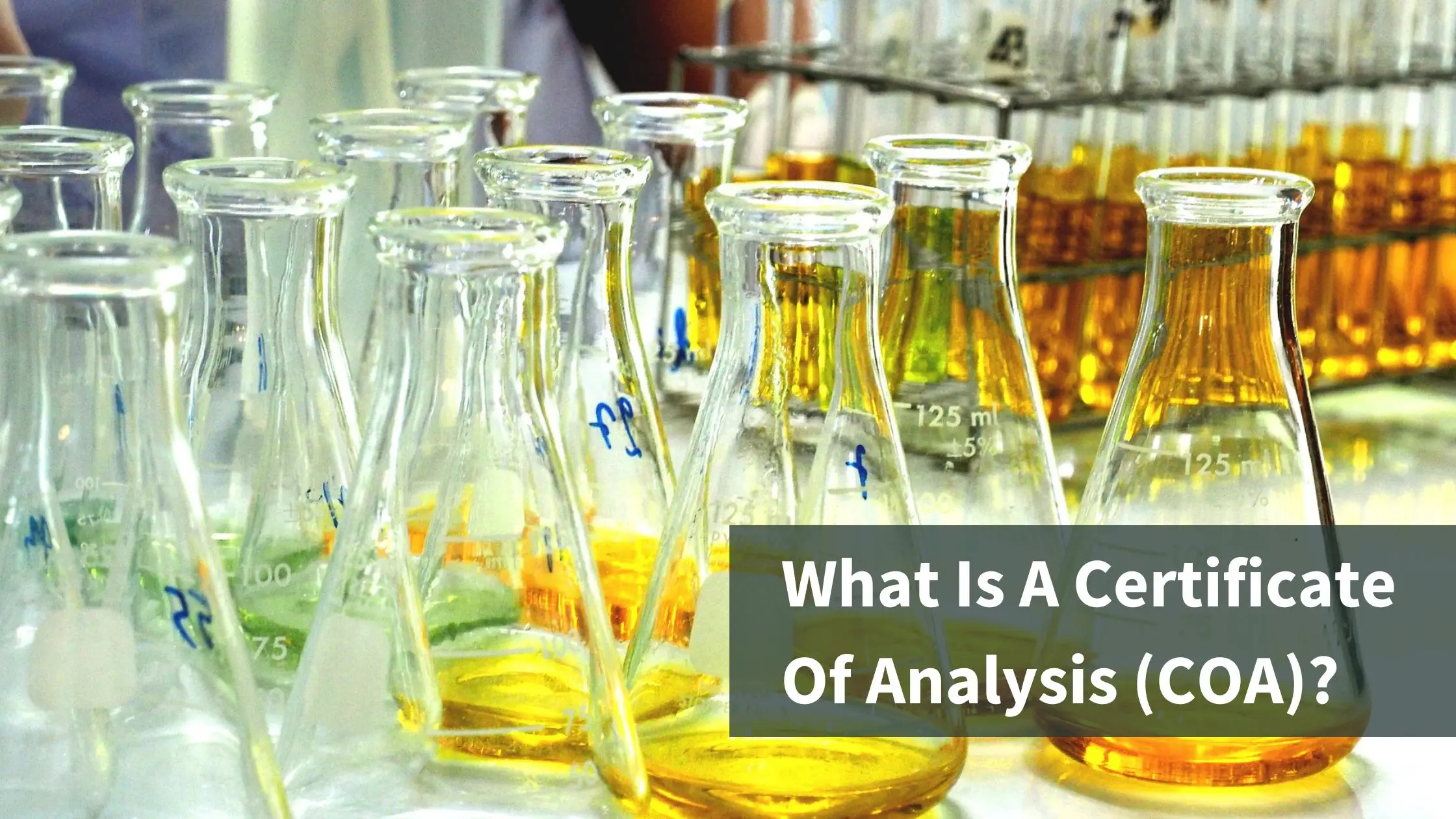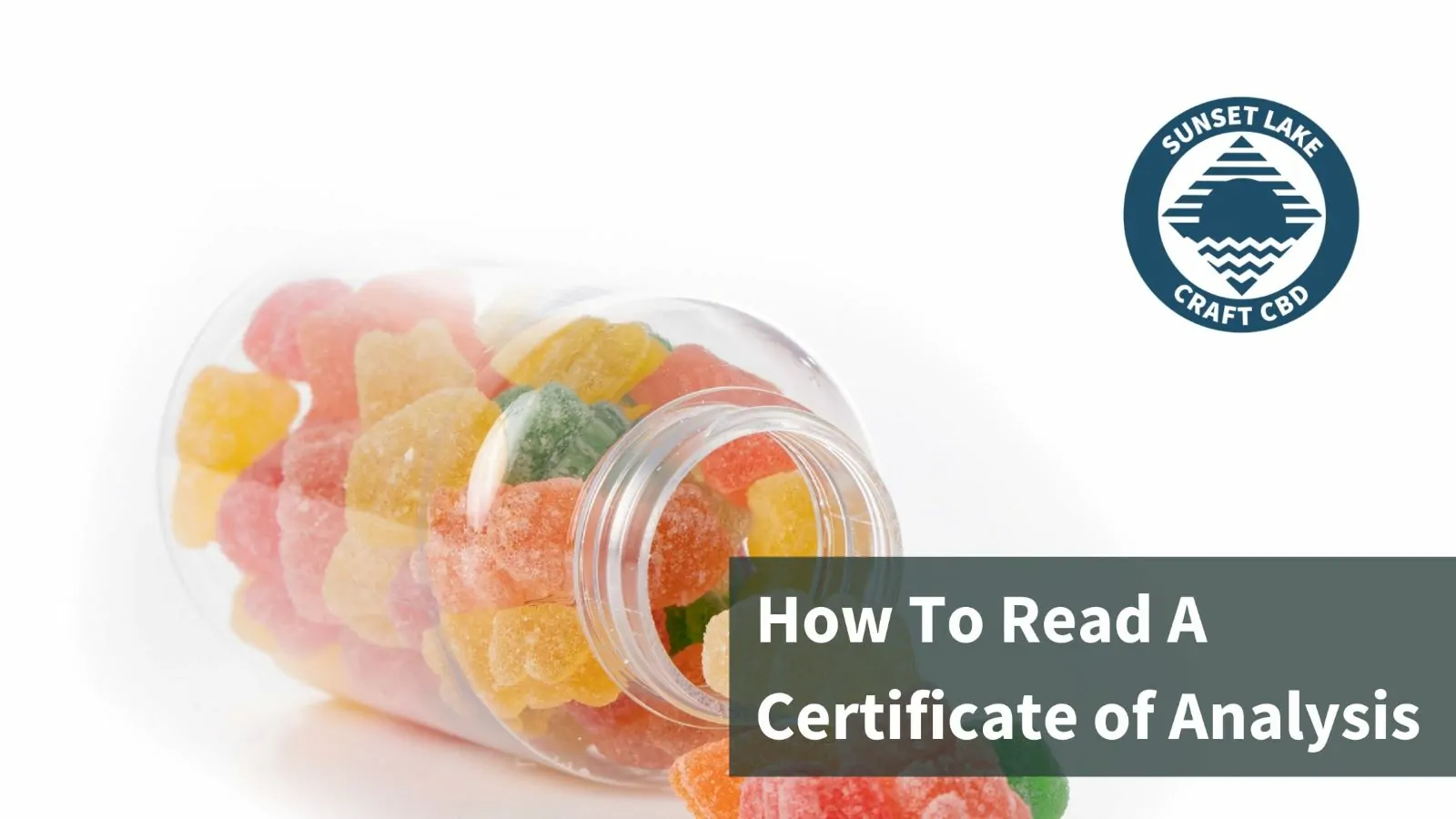If you’ve ever purchased CBD online, there’s a good chance that you’ve seen a certificate of analysis before. Sometimes, those in the cannabis and hemp industry shorten the name to “COA.” No matter what you call them, COAs are technical documents that inform you about CBD product’s potency and purity.
In this post, we’ll explore what COAs are, what kinds of information they contain, and where to get one. Continue reading “What Is A Certificate Of Analysis?”


